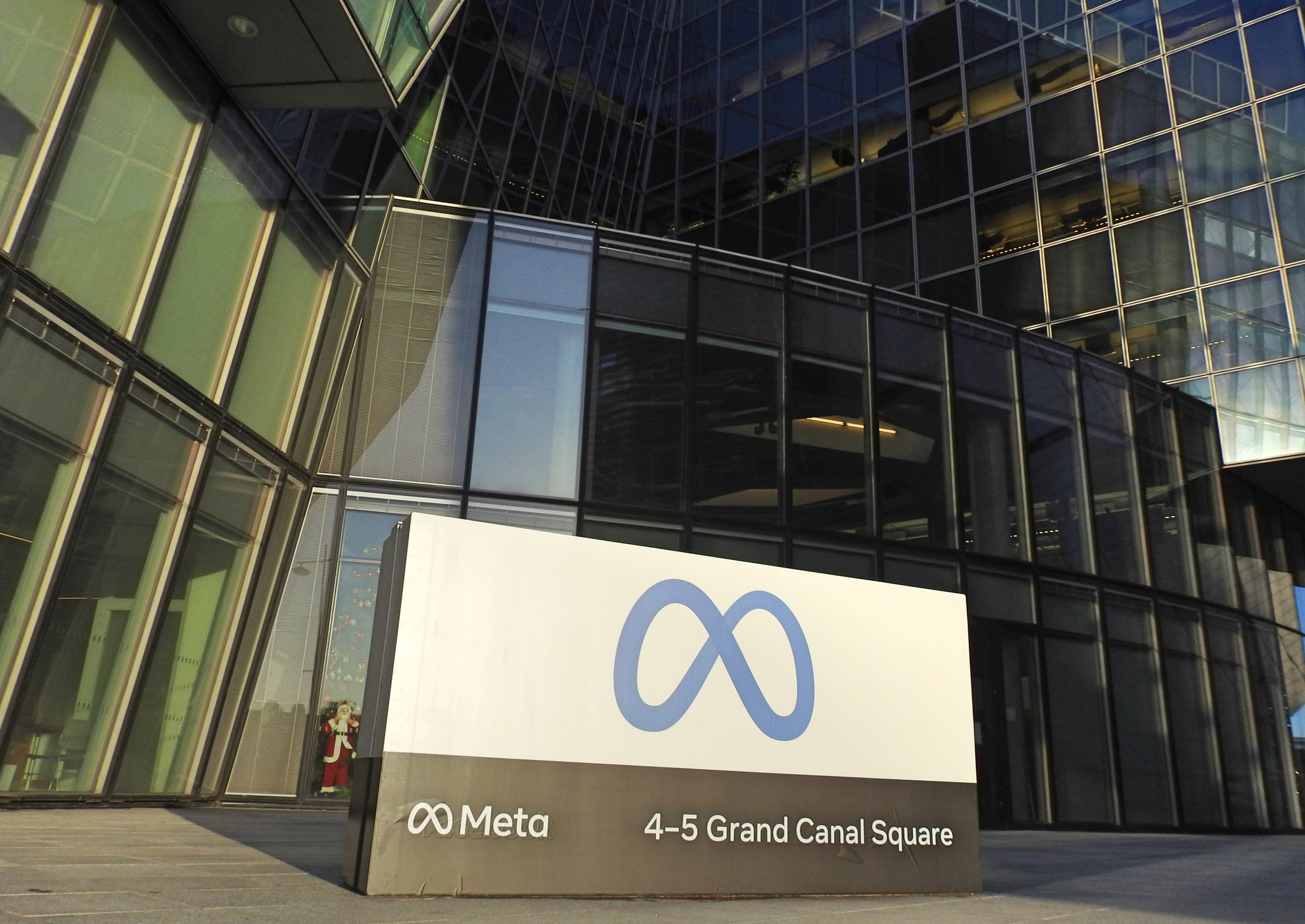Meta announced the launch of V-JEPA 2, an AI “world model” designed to understand 3D environments and physical object movements.
This model enables machines such as delivery robots and self-driving cars to better predict and plan actions in the physical world.
How V-JEPA 2 Understands the Physical World
V-JEPA 2 works by reasoning in a simplified “latent” space instead of relying on large amounts of labeled data or video footage.
It can recognize that a ball rolling off a table will fall or that an object hidden from view still exists rather than having vanished.
Meta CEO Mark Zuckerberg has emphasized AI as a core focus amid competition from OpenAI, Microsoft, and Google.
Meta plans to invest $14 billion into the AI firm Scale AI and has hired its CEO, Alexandr Wang, to strengthen its AI strategy.
The Importance of World Models in AI
World models are inspired by physical world logic and create internal simulations of reality, allowing AI to learn, plan, and make decisions like humans.
Meta’s chief AI scientist, Yann LeCunn explained that a world model acts as an abstract digital twin that helps AI predict consequences and plan actions to complete tasks.
Rising Interest in World Models Across the AI Community
World models have gained significant attention as researchers explore beyond large language models.
For example, Google’s DeepMind has developed Genie, a world model simulating real-time games and 3D environments.
Additionally, Fei-Fei Li founded World Labs, a startup aimed at building large world models to understand physical structures better.
PHOTO: GETTY IMAGES
This article was created with AI assistance.
Read More






 Sunday, 30-11-25
Sunday, 30-11-25







